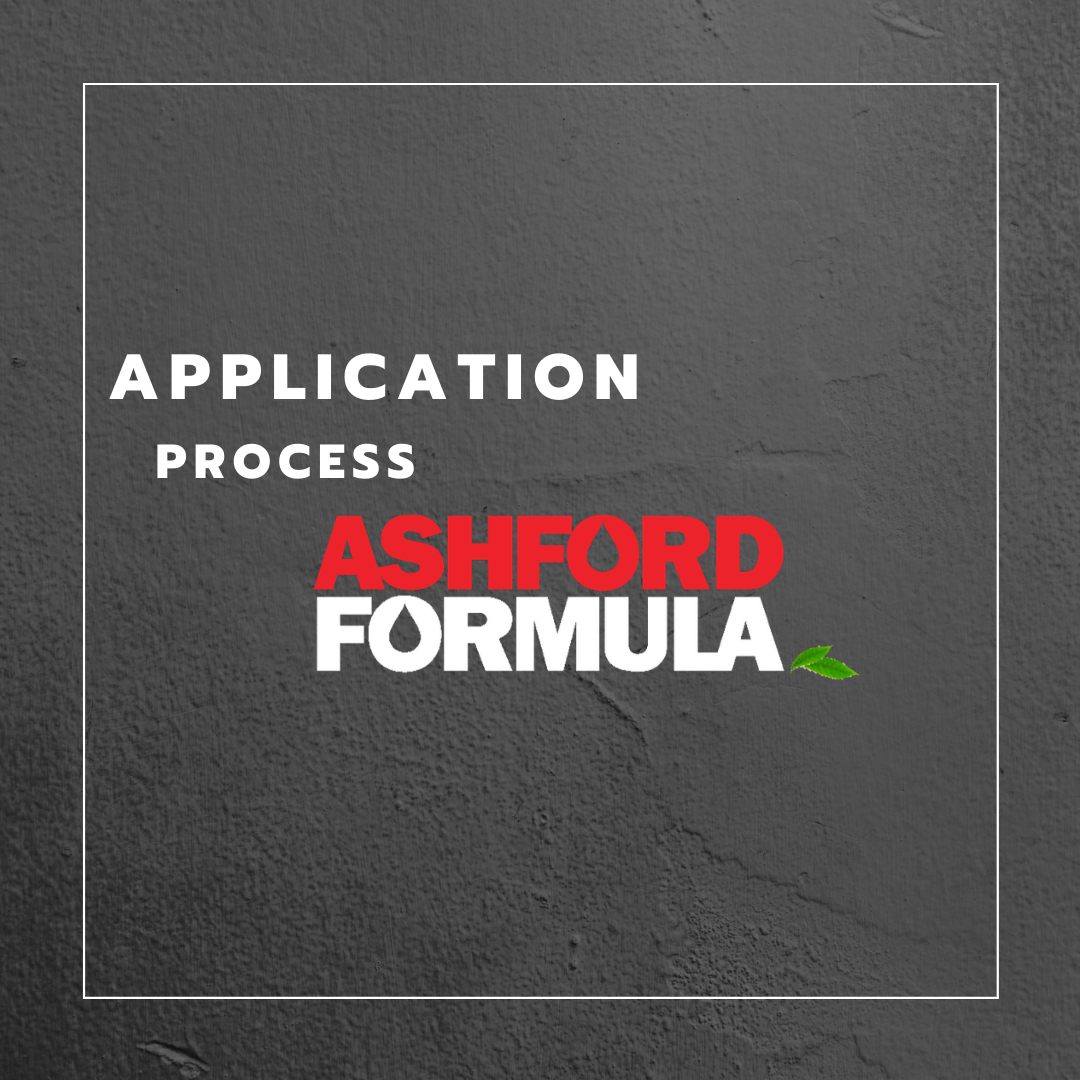DENSIFY
Heavy loads, foot traffic, vehicular traffic and spills all take their toll on concrete.
With all this abuse, it’s no wonder many concrete floors don’t perform as expected. Industrial floors represent a considerable investment. Give them the protection they need with Ashford Formula. Unlike coatings or membranes, which wear off and have to be replaced, Ashford Formula is a one-time treatment that lasts for the life of the concrete.
Performance Criteria
Meets ASTM standards for abrasion and impact resistance, slip resistance, weathering, permeability, bonding and hardening.
20 Year Warranty
Ashford Formula Australia & Curecrete Distribution, Inc. stand fully behind Ashford Formula with the longest warranty in the industry — a full 20 years! Because Ashford Formula has a successful track record going back to the late 1940s, Curecrete has the confidence to back up the product.
Nobody else has floors old enough to demonstrate that they can safely offer such a long-term warranty. But floors treated since 1940 with the Ashford Formula still look brand new, despite all the traffic and abuse.
Technical Bulletin:
No. 1 Curing
No. 2 Bondbreakers
No. 3 Acid Resistance
No. 4 Lightweight Concrete
No. 5 Slipperiness
No. 6 Wet Cure
No. 7 Painting and Striping
No. 8 Sheen and Seal
No. 9 Shake-On Hardeners
No. 10 Fiber-Reinforced Concrete
No. 11 Colored Concrete
No. 12 Other Silicates
No. 13 Moisture Migration
No. 14 Air Entrainment
No. 15 Fly Ash
No. 16 Salt Intrusion
No. 17 Hot Weather
No. 18 U.S.D.A. Approval
No. 19 Carpet and Tile
No. 20 Concrete Block
No. 21 Evaporation Reducers
No. 22 Soft and Chalky Floors
No. 23 Maintenance of a Concrete Surface
No. 24 Alkali Silica Reaction
No. 25 Rough-Finished Surfaces
No. 26 Cold Weather
No. 27 Removal of Concrete Salts and Ashford Formula Residue
Product Performance:
Abrasion Resistance:
ASTM C 779
At least 32.5% abrasion resistance over untreated samples after only 30 minutes.
Compressive Strength:
ASTM C39
At least 40% increase in compressive strength after 7 days.
Impact Resistance:
ASTM C805
At least 13.3%increase in impact resistance compared to untreated samples.
Curing:
At least 93% greater moisture retention during the initial 24 hour curing period compared to untreated samples
ASTM International
ABRASION
ASTM C 779 - DEPTH OF WEAR.
Abrasion resistance - Revolving disks. 32.5% improvement at 30 minutes.
BONDING
ASTM D 3359 - SURFACE ADHESION
Adhesion of epoxy coatings is 22% higher over untreated samples. No change in adhesion for polyurethane.
CURING
Moisture loss during the critical, initial 24 hour period was determined on treated and untreated samples in a controlled environment cabinet. Untreated samples registered a 93% greater moisture loss over Ashford Formula treated samples.
HARDENING
ASTM C39 - COMPRESSIVE STRENGTH
After 7 days, an Ashford Formula treated sample had an increase of 40% more compressive strength than untreated samples.
After 28 days, it had a 38% increase over untreated samples.
ASTM C 805 - REBOUND NUMBER
Impact resistance by Schmidt hammer resulted in an incrase of 13.3% for an Ashford Formula treated sample versus untreated samples.
PERMEABILITY
SEEPAGE RATE
Using a 7-foot (2.13 m) head of water on a 4.91 square inch (124.71 mm) area treated with the Ashford Formula, the treated sample only allowed a seepage rate of 0.00073 oz (0.022 cc) per hour. After several days, the treated sample became damp, but no local seepage was observed.
FRICTION
ASTM C-1028 - FRICTION
Samples treated with the Ashford Formula were found to be far less slippery than untreated samples. The coefficient of friction on steel-troweled samples treated with the Ashford Formula versus the reference tile were (a higher ratio represents a reduction in slippage):
Dry - 0.86 vs. 0.71
Wet - 0.69 vs. 0.47
WEATHERING
ASTM G 23 - LIGHT EXPOSURE DEGRADATION
Exposure to ultraviolet light and water yielded no evidence of adverse effects on samples treated with the Ashford Formula.
Note: This technical information is provided as a general performance profile for evaluating the appropriate use of Ashford Formula. Test performance results were obtained by independent laboratories under controlled environments. Curecrete Distribution, Inc. makes no claim that these tests, or any other tests, accurately represent actual design and/or usage environments.











